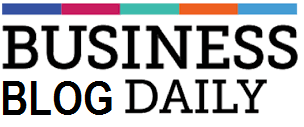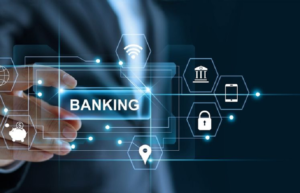Best practices for safeguarding your online savings account from fraud
3 min read
In today’s digital age, online banking has become increasingly popular due to its convenience and accessibility. However, with the rise of online transactions, the risk of fraud has also increased. It is essential to take proactive measures to safeguard your online savings account from potential fraudsters. Here are some best practices to protect your digital savings account:
Enable Two-Factor Authentication
One of the most effective ways to enhance the security of your online savings account is by enabling two-factor authentication (2FA). This adds an extra layer of protection by requiring you to provide two different forms of identification before gaining access to your account. Typically, this includes something you know (e.g., your password) and something you have (e.g., a code sent to your phone). By implementing 2FA, you significantly reduce the likelihood of unauthorized access to your account.
Regularly Monitor Your Account Activity
It’s crucial to regularly monitor your online savings account for any unusual activity. Set up account alerts to receive notifications for any transactions over a certain amount or login attempts from unrecognized devices. By staying vigilant and reviewing your account activity frequently, you can quickly identify and report any suspicious transactions to your bank.
Use Strong, Unique Passwords
One of the simplest yet most effective ways to protect your online savings account is by using strong and unique passwords. Avoid using easily guessable passwords such as “123456” or “password.” Instead, create complex passwords with a combination of letters, numbers, and special characters. Additionally, avoid using the same password for multiple accounts to prevent a security breach in case one of your accounts is compromised.
Be Wary of Phishing Scams
Phishing scams are a common tactic used by fraudsters to trick individuals into revealing their login credentials or personal information. Be cautious of unsolicited emails, messages, or phone calls requesting sensitive information. Legitimate financial institutions will never ask you to provide your password or account details via email. If you receive a suspicious message, contact your bank directly to verify its authenticity.
Keep Your Devices Secure
Ensure that the devices you use to access your online savings account are adequately secured. Install and regularly update antivirus software to protect against malware and viruses that could compromise your personal information. Avoid logging into your account on public or unsecured Wi-Fi networks, as they may be vulnerable to cyber attacks. Keep your operating system and applications up to date to patch any security vulnerabilities.
Utilize Secure Banking Apps
Many banks offer dedicated mobile applications for secure access to your online savings account. Utilize these apps instead of accessing your account through a web browser on your mobile device. Mobile banking apps often come with additional security features such as biometric authentication (e.g., fingerprint or face recognition) to ensure that only authorized users can access the account.
Educate Yourself on Common Scams
Stay informed about the latest scams and fraud tactics targeting online savings accounts. By educating yourself on common fraudulent schemes, you can better protect yourself from falling victim to cybercriminals. Be wary of offers that seem too good to be true, requests for upfront payments, or pressure to act quickly without verifying the legitimacy of the sender.
In conclusion, safeguarding your online savings account from fraud requires a proactive approach and a commitment to implementing best practices for online security. By enabling two-factor authentication, monitoring your account activity, using strong passwords, staying vigilant against phishing scams, securing your devices, utilizing secure banking apps, and educating yourself on common scams, you can protect your digital savings account from potential threats. Remember, the security of your online savings account is in your hands, so take the necessary precautions to keep your funds safe and secure.







